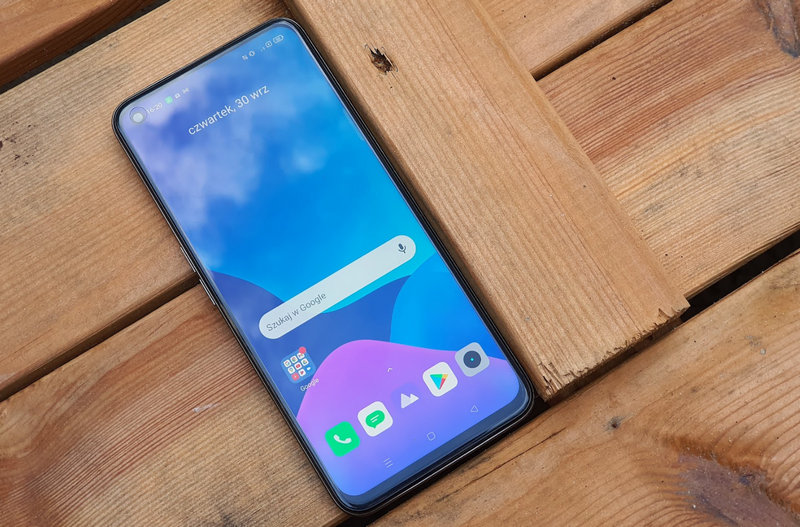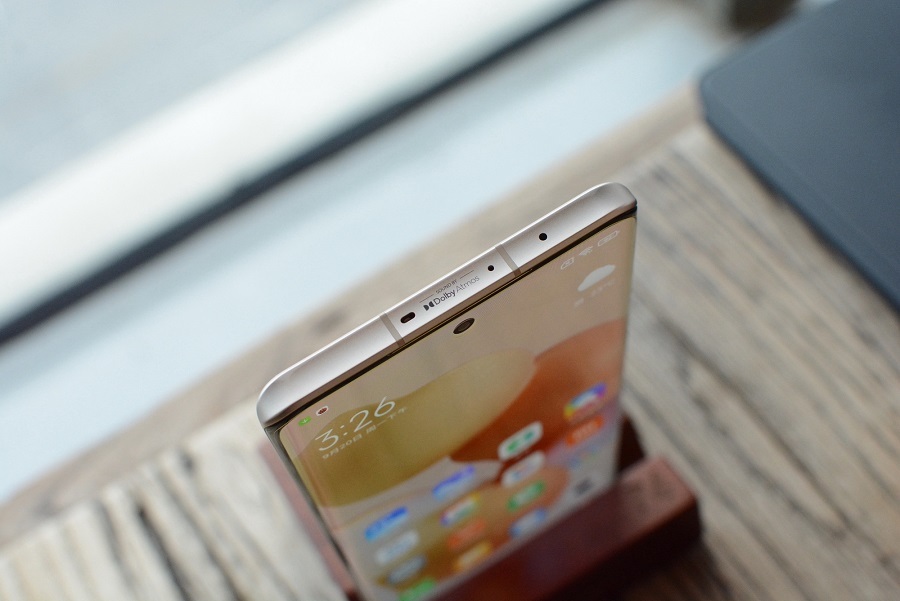DisplayPort 2.0 is coming very soon to revolutionize the transmission of video signals with high resolutions and refresh rates. After a few delays mainly due to the pandemic, everything is showing: in the same year we may know of the first devices to include this standard. While HDMI 2.1 is one of the most sought after standards when buying a gaming TV or monitor, DisplayPort 2.0 could become the new norm, especially due to the massive increase in bandwidth.
We now know that AMD, Realtek and MediaTek have been certified to ensure they offer products with this new standard. Gradually, more and more standard manufacturers will be added, theoretically capable of achieving resolutions and frequencies up to 8K 60Hz with HDR, even 4K 240 Hz and active HDR. This is because DisplayPort 2.0 offers up to 80 Gbps of bandwidth, almost three times more than the current version (DP 1.4).
A higher standard than HDMI 2.1
Due to the unknown details regarding new monitors compliant with this standard, the manufacturers mentioned have confirmed: already works on products with DisplayPort 2.0. AMD will do this with Ryzen 6000 processors, an as-yet unspecified processor from MediaTek, and Tx and Rx solutions for collaborators with Realtek, as confirmed by the FlatpanelsHD environment.
Since the certification program for this standard is active, it may not be long before we see the first monitors compatible with DisplayPort 2.0. We can see more information about this in the second half of the year.
We currently have commercial solutions up to 4K and 240 Hz, such as the Samsung Odyssey Neo G8 monitor. However, to achieve this frequency at this resolution, the DisplayPort 1.4 standard and VESA’s Display Stream Compression (DSC) technology are used. This technique compresses the image to save bandwidth without sacrificing “neither color or quality” according to attribution. To achieve this ratio without applying compression techniques, choose a standard that offers higher bandwidthand this is where DisplayPort 2.0 comes into play.
Currently, HDMI 2.1 is responsible for delivering the highest resolutions and frequencies, considering bandwidth up to 48 Gbps. It’s also a much more common standard than DisplayPort, which we usually see on more monitors. However, things would change with the advent of DisplayPort 2.0, especially taking advantage of these multi-monitor configurations. And this This new standard can support up to four 4K 60Hz monitors with a single cable. (via Multi Stream Transport or MST). If we also use the VESA DSC technique, this standard will achieve 16K and 60Hz resolutions, something we are not prepared for, at least at the user level.









:quality(85)//cloudfront-us-east-1.images.arcpublishing.com/infobae/B6633WUXUQWLI5NXJA73OMK2RU.jpg)




